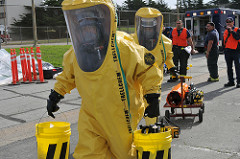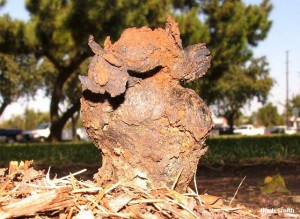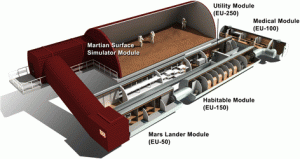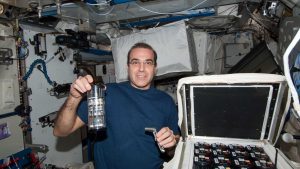So you want to run FACS on your microbiome samples… By Cara Pardon Although optimized for eukaryotic cell research, an increasingly common technique used in the microbiome field is Fluorescence Activated Cell Sorting (FACS). From sorting cells for single cell genomics to identifying the host range of a plasmid; from detecting metabolically active cells in …
This seems likely to be of interest to many – got this via email. New Report: Environmental Chemicals, the Human Microbiome, and Health Risk: a Research Strategy The human microbiome is composed of a great number of diverse microorganisms that inhabit the human body. Until recently, the role of the microbiome in maintaining human health …
In addition to thinking about appropriate statistical analyses given the compositional nature of microbiome data sets (see the previous post here), there is a related but different issue that’s back on my mind – the benefit that quantitative information would bring to research questions. My engineering colleagues in the built environment world have consistently reminded …
Determining if life exists or ever existed beyond Earth is one of the most interesting scientific questions. Reports on numerous habitable planets have increased the speculations about potential extra-terrestrial life. However, these theoretically life-supporting planets are far beyond human’s reach – except Mars. In order to explore if there ever was life on Mars, the …
This may be of interest: Fungal Communities Including Plant Pathogens in Near Surface Air Are Similar across Northwestern Europe Nicolaisen M, West JS, Sapkota R, Canning GGM, Schoen C and Justesen AF (2017) Fungal Communities Including Plant Pathogens in Near Surface Air Are Similar across Northwestern Europe. Front. Microbiol. 8:1729. doi: 10.3389/fmicb.2017.01729 Information on the …
For those interested in microbiology of the built environment this paper seems definitely worth checking out: Indoor microbiota in severely moisture damaged homes and the impact of interventions. Jayaprakash B, Adams RI, Kirjavainen P, Karvonen A, Vepsäläinen A, Valkonen M, Järvi K, Sulyok M, Pekkanen J, Hyvärinen A, Täubel M. Microbiome. 2017 Oct 13; 5(1):138 Abstract …
Human exploration of planet Mars has a long history with number of robotic missions surveying the Martian surface and environment, including the Viking program (1975), the Mars Exploration Rover Mission (2003), the Phoenix lander (2008), and the Mars Science Laboratory (2012). For the future human space exploration, crewed Mars mission is considered as one of …
We were super excited to see the recent paper “Recovery of nearly 8,000 metagenome-assembled genomes substantially expands the tree of life“. Really, the title says it all… the authors took hundreds of published metagenomic studies (focusing on non-human environments) and assembled thousands of genomes. Awesome. But we were curious how many of these genomes came …
So this sounds like there may be some interesting science going on here: Zero gravity had unexpected effects on E. coli samples, causing them to behave differently. That could present problems trying to treat them. Source: Space-Grown Bacteria Could Pose Major Problems for Astronauts But the article includes a bunch of needless fear mongering. What …
Of possible interest: Airborne bacterial assemblage in a zero carbon building: A case study – Leung – 2017 – Indoor Air – Wiley Online Library Abstract: Currently, there is little information pertaining to the airborne bacterial communities of green buildings. In this case study, the air bacterial community of a zero carbon building (ZCB) in …








